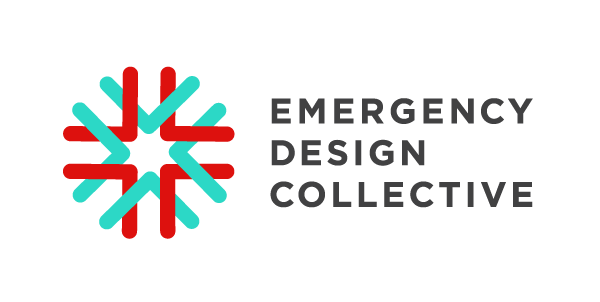Mental Health in the Era of COVID-19
Every day, many of us wake up to the latest news updates tracking rising death tolls, and we wonder when the world will return to a state of equilibrium. When the world is in limbo, we experience extreme demands on our mental resources from many directions.
Some of us are grieving the loss of loved ones near and far. Some face the decision to forgo protecting themselves as they devote their lives to saving others. Some carry the heavy load of loneliness in a time when social isolation is the only path toward survival.
At the Emergency Design Collective, we are concerned about the mental health impacts of the COVID-19 pandemic. That is why, with a team of mental health specialists, designers, and innovators, we are tackling this as a design challenge. Driven by a deep desire to build ourselves out of this crisis, our team is asking:
How might we support mental health and coping strategies for wellbeing during the COVID-19 pandemic?
Illustration by Sasha Avrutina
Our team is starting by mapping the landscape of immediate, intermediate, and long-term needs emerging from the COVID-19 crisis in the clinical, wellness, and sociological realms.
To keep our team aligned as we dive into this design challenge, we have instrumented a set of guiding principles:
(1) Build cultural competence into our solutions.
(2) Build customizability into our systems.
(3) Build empathy into our messaging.
To understand the mental health risks in our new global contexts, we are investigating the varying impacts of isolation on specific demographics like people of color, people in the healthcare industry, people with prior mental health conditions, people with young children, and people in unsafe domestic living conditions.
As we uncover the dimensions along which isolation affects our lives, we also find it important to distinguish between isolation and loneliness. According to the National Institute on Aging, isolation is the objective physical separation from other people i.e. living alone. On the other hand, loneliness is the subjective distressed feeling of being alone or separated, which is often location-agnostic.
Illustration by Sasha Avrutina
As we learn about what it means to be socially isolated during this time, we have made one resounding realization: social isolation is simultaneously a necessity, a privilege, and a challenge. The very act that may save our lives and keep us physically healthy can have detrimental impacts on our mental health.
Our communities have met the COVID-19 crisis with urgency to protect our physical health. Together, let us rise to address the challenge of protecting mental health with the same urgency.
Here are some ways you can help the Emergency Design Collective as we create solutions to this problem.
Share your own successful mental health and wellness resources with our team.
Share your unique mental health experience with us during this time.
Know other teams working on this challenge? Connect them with us.
Start a conversation by getting in touch with us via this Google Form.
Emergency Design Collective Team members: Tracy DeLuca (Design Lead), Natasha Fong (Project Management Lead), Erika Johnson (Designer), Elena Vasconi (Contributor), Hannah Lael Martin (UX Researcher/Designer), Whitley Kemble-Williams (Researcher/ Designer), Marina Terteryan (Service Designer), John Park (Researcher/Product Strategist), Sherylene Chan (Service Designer/Researcher), Hunter Richards (Contributor/Researcher), Komal Trivedi (Contributor/Researcher



